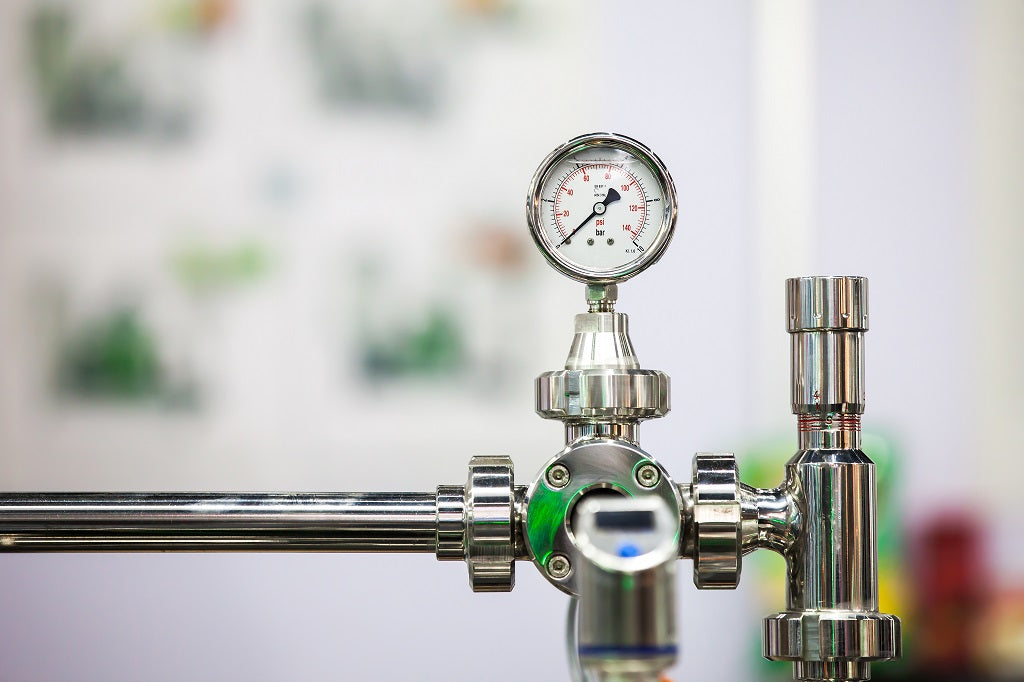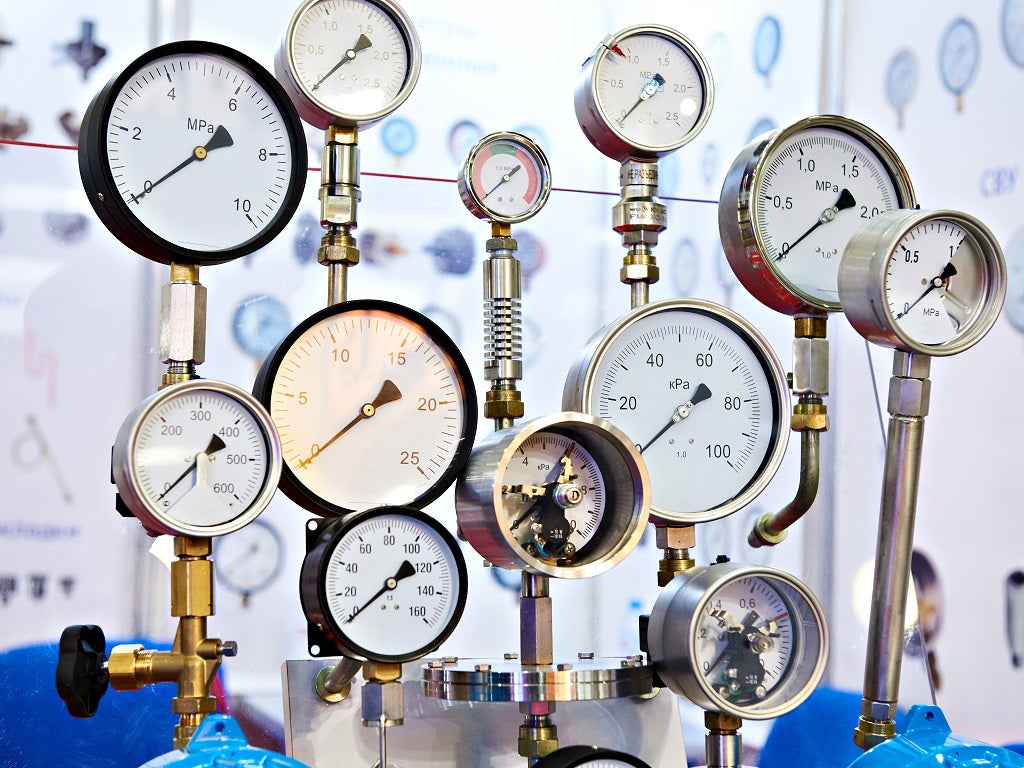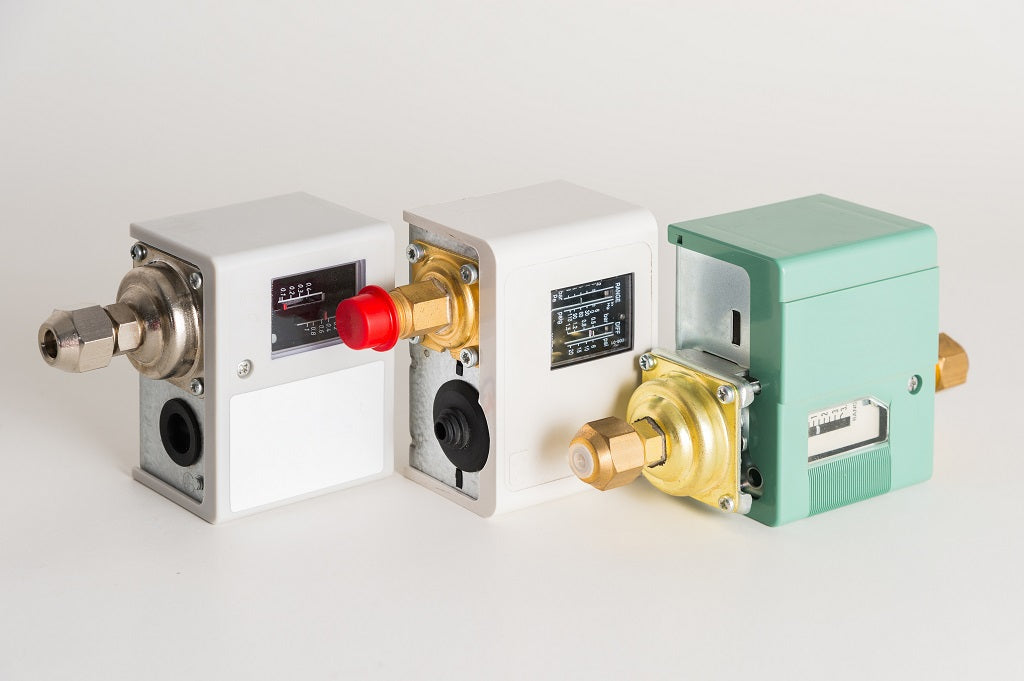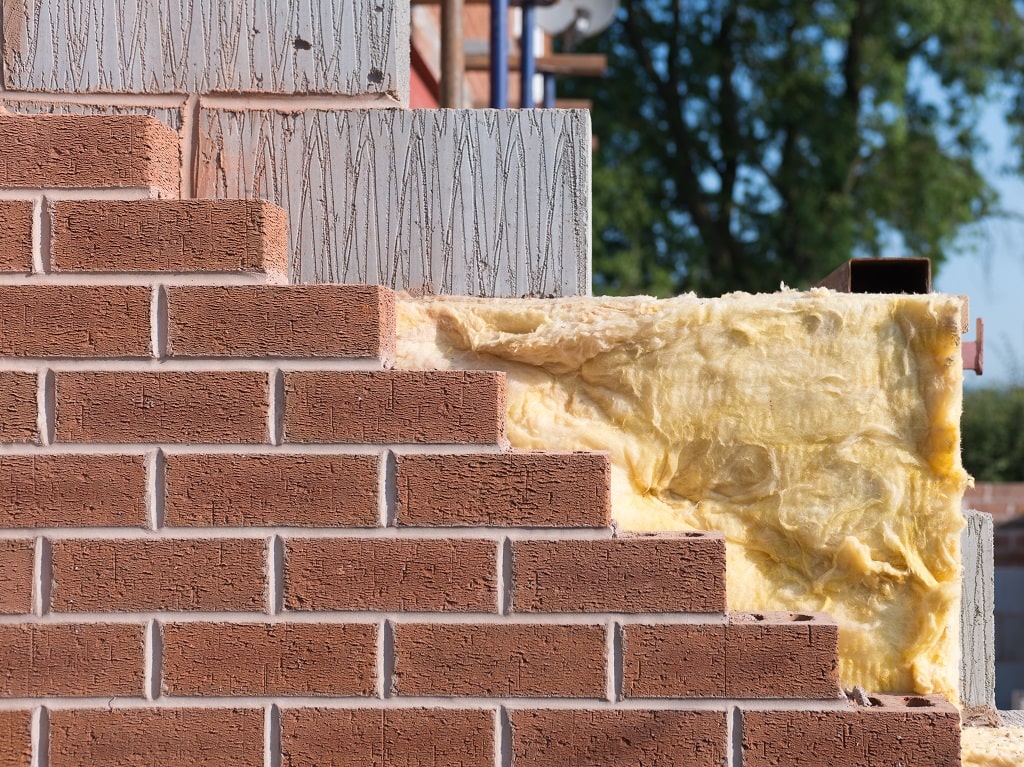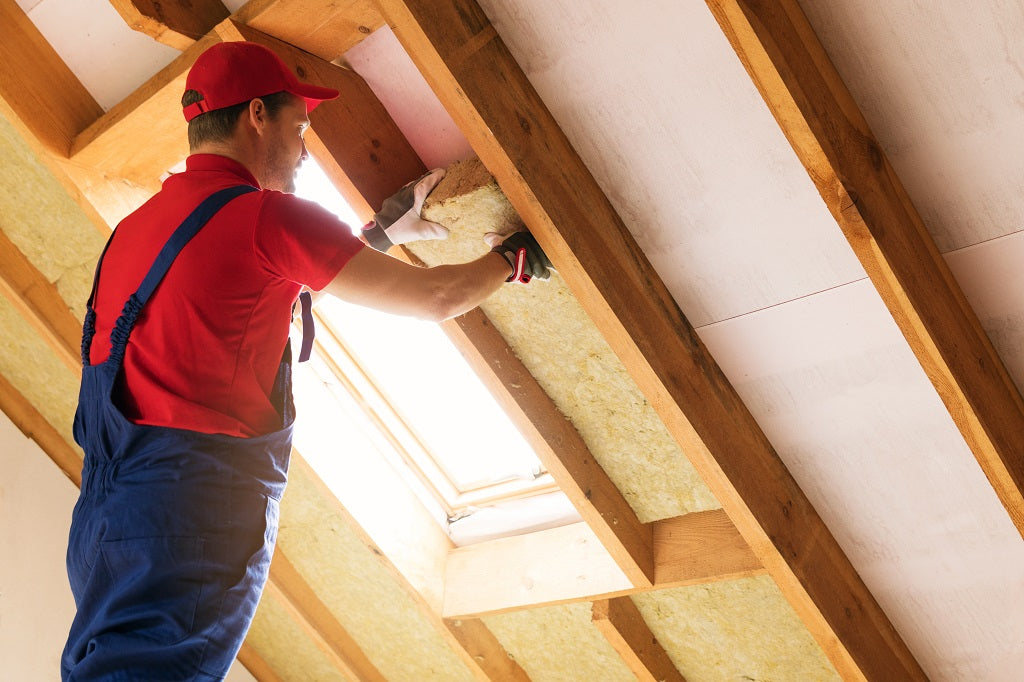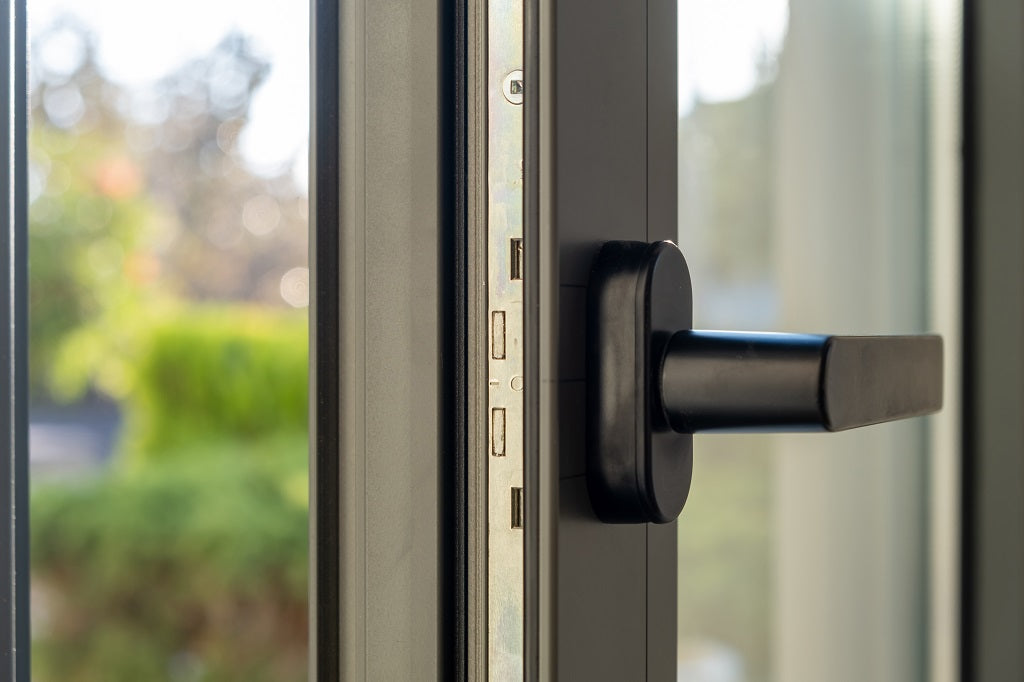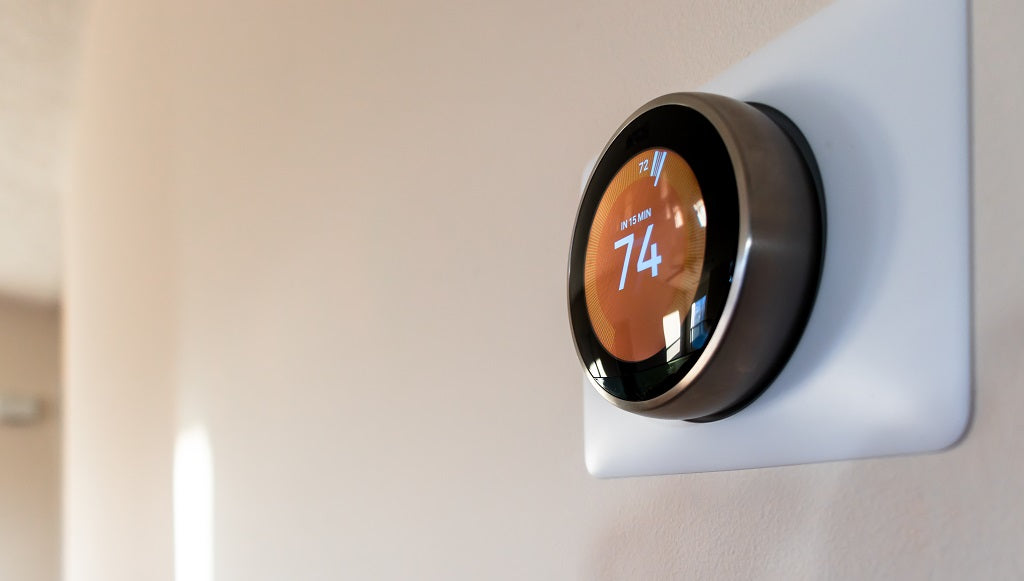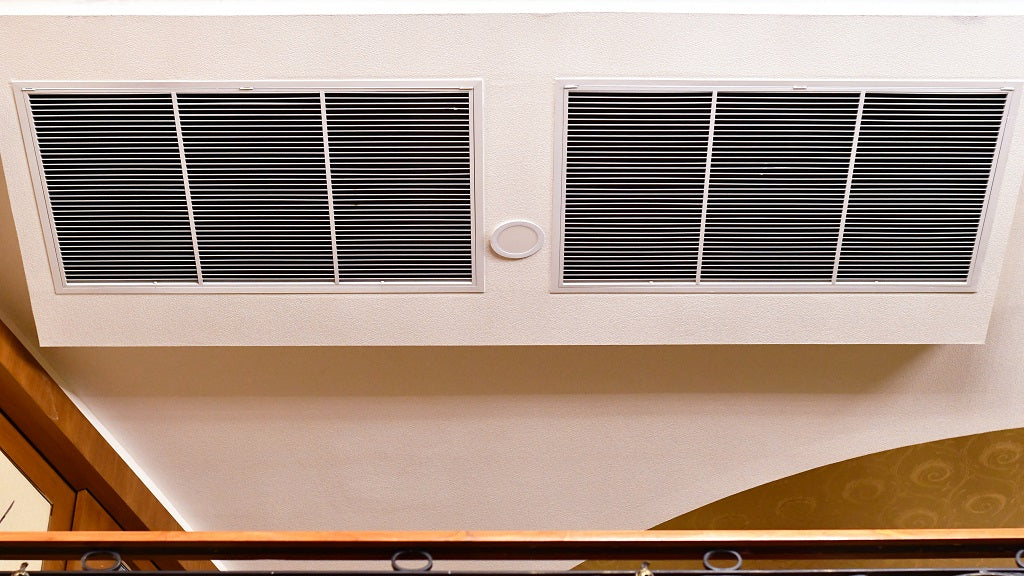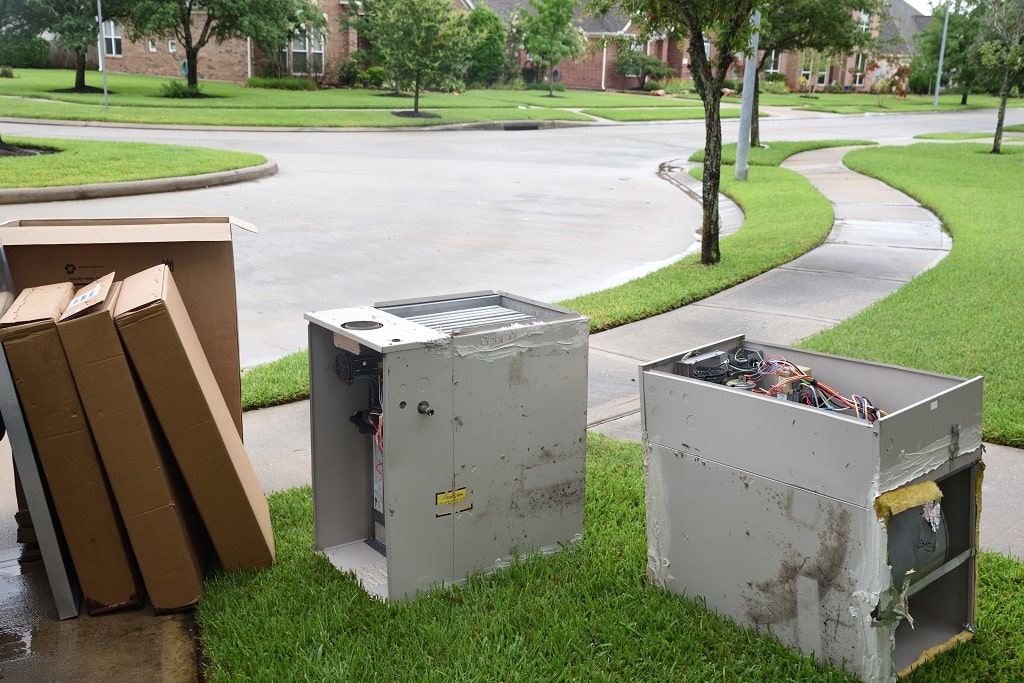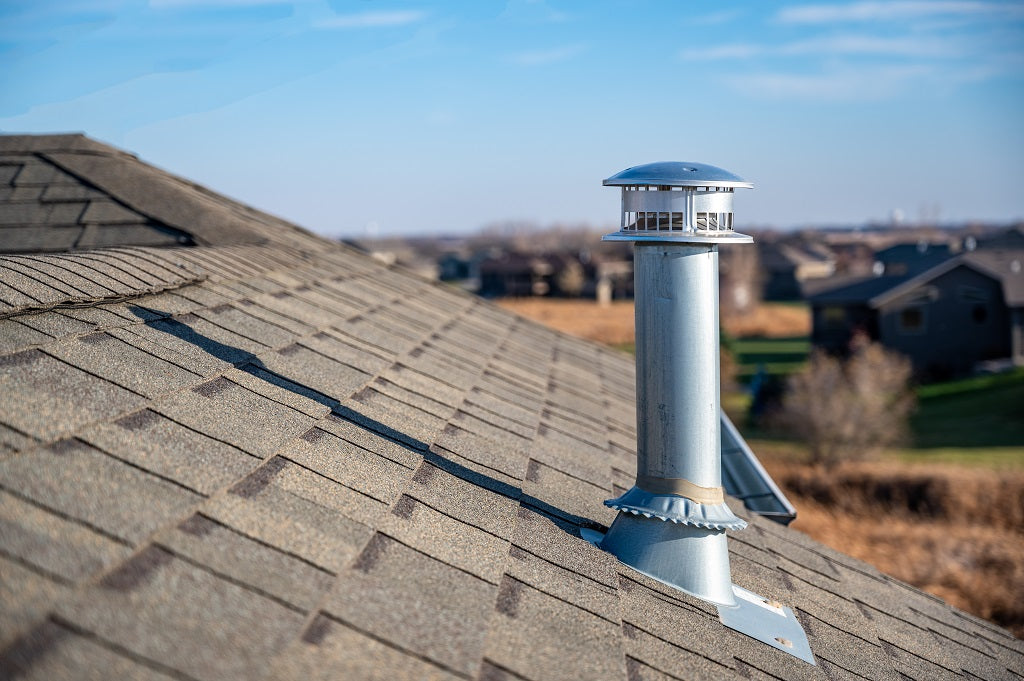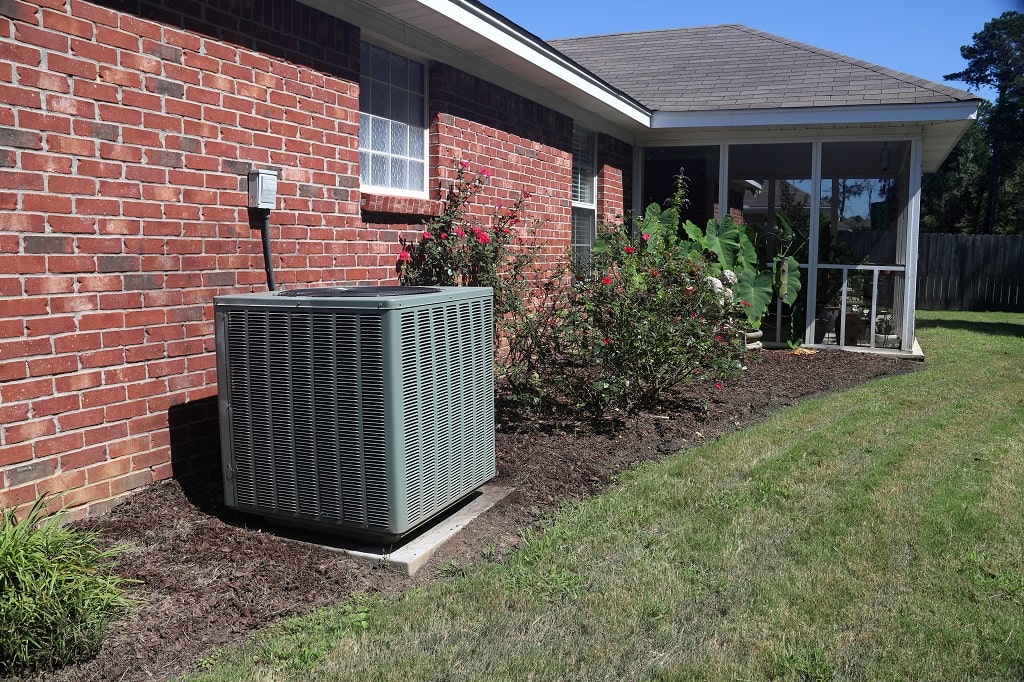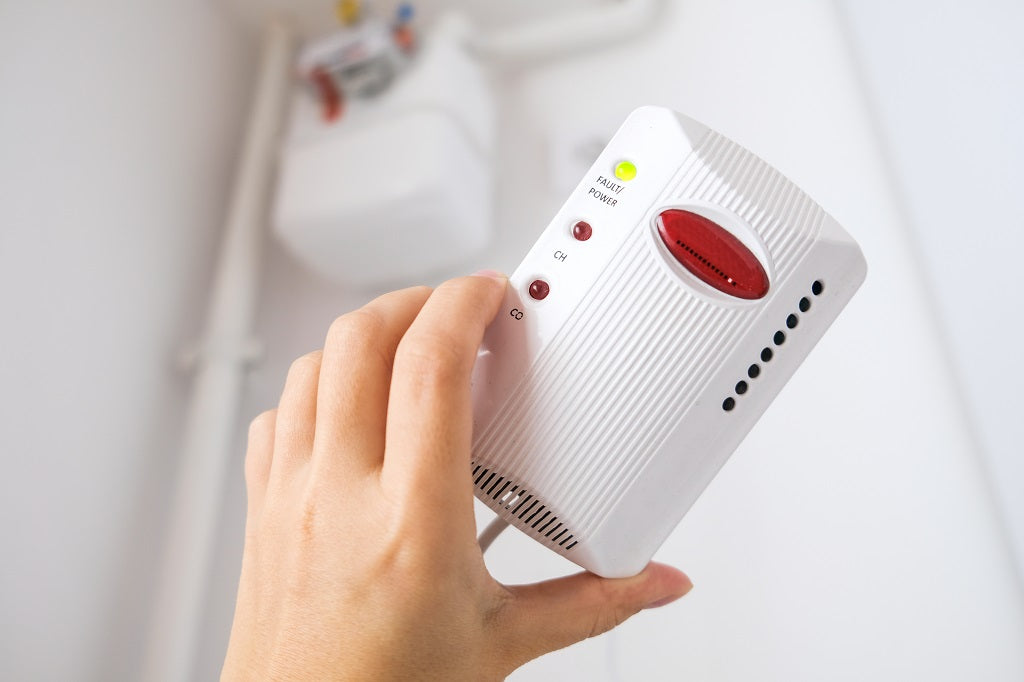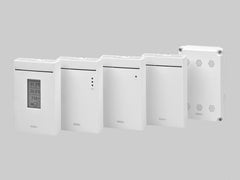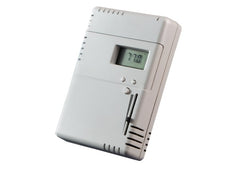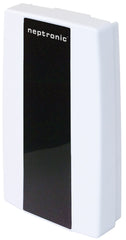
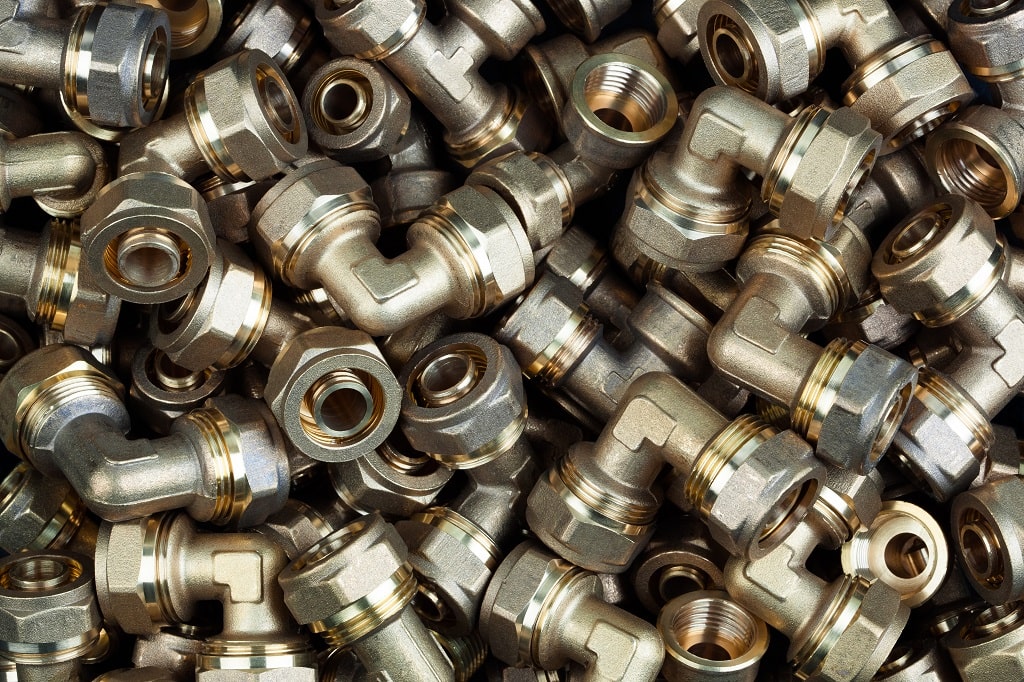
There is a multitude of pipe fittings to choose from, and when something goes wrong with your plumbing system, you'll want to be sure to have the right one on hand. All types of pipe fittings have a unique job and finding the weak link or wrong fitting is essential to a well-run construction. While all pipe fittings must be sturdy, flexible, and compact, their ultimate success relies on the right selection for the system.
To help you choose a pipe fitting, we're sharing the common types of pipe fittings and how to best use them for your hot and cold water supply lines. Ready to get started? Let's dive right in.
What Are Pipe Fittings?

Pipe fittings are threaded fittings that assist in making different plumbing configurations. Different types of pipe fittings come in many shapes and sizes, including y-fittings, couplings, reducers, tees, and elbows. Whatever the shape, the pipe fitting is connected to pipes and tubes to separate the equipment, as well as to close or seal a pipe.
Plumbing Pipe Fittings Forms

When it comes to plumbing and pipefitting, there are two forms - male fittings and female fittings. The difference between the two is pretty simple - male threads are fitted out of the plumbing fittings, while female threads are incorporated on the inside of a threaded pipe fitting.
With these different forms, you can configure pipes in two ways:
-
Slip-Fit: Using sleeves, these pipes slip one pipe into a tube fitting with ease.
-
Threading: Pipes are threaded together, connecting fittings and pipes with this threaded solution.
The two forms work well for a number of plumbing configurations, ensuring your pipes are properly connected for a well-running system.
Types of Pipe Fittings
There are many types of pipe fittings - from elbows and couplings to valves and caps - all of which serve a special purpose. To help you find the right fitting for your pipes, we are taking a look at each below.
Elbows

Elbow pipe fittings are relied on to alter the flow direction between two pipes. These fittings are essential as pipes are built with straight lines, so elbows allow for all the various straight pipes to connect. Typically, this fitting comes in 90, 45, and, occasionally, 22.5-degree angles and is screwed or glued into place. These plumbing fittings are available in a number of materials and are often female threads.
Couplings

Ideal for preventing leakage in pipes, couplings are pipe coverings used for pipes that have the same diameter or that have been damaged or split. When it comes to coupling, there are two types of pipe fittings typically used in plumbing - compression coupling and slip coupling. Compression, or regular coupling, prevents leakage between two pipes with a gasket or rubber seals on both sides. On the other hand, a slip coupling - which is often easier to install - connects one pipe to another. Slip-couplings are great for fixing a long, damaged pipe.
Union Pipe Fitting

Similar to a coupling fitting, unions are used to connect pipes - typically those that are made with different materials. This fitting appears as a small nut. However, unlike a coupling, unions can be easily removed whenever needed. This fitting has both male thread and female-ended thread, making it a multi-use fitting that works with a number of pipes.
Adaptors

To help make a pipe threaded as either male or female, adaptor fittings are used. For male adapters, there are male threads, while female adapters have female threads. This is for when pipes have plain or don't have special ends, adapting them to the needs of the surrounding system. Typically used for copper and standard PVC pipes (polyvinyl chloride), one side of the adaptor is plain, and then it is properly welded or glued to the plain end of a pipe.
Valves

To stop the flow of liquids or gas, valves are the go-to fitting for a plumbing system. There are three main types of valves:
-
Separation: ideal for immediately disconnecting to replace or reconstruct a piping network.
-
Throttling: control the volume in a pipe of a liquid's pressure.
-
Non-return: allow liquid or gas to pass in only one direction.
Whether you're looking to stop or simply regulate the flow of fluid, there are many different valves to choose from. From gate valves to the globe, check valve, butterfly valve, and throttling diaphragm valve, each one serves a special purpose for a better-running system.
Bushings

To fit larger and smaller pipes with a link, Bushings fittings are relied on to connect sizes together. Typically taking up less room than a union or coupling, Bushings are sometimes inside-out threaded, although they are used for the same purpose as their union/coupling counterparts. Bushings also feature a male and female side and can handle high pressures.
Flanges

Flanges are pipe fittings that work to connect together pipes, valves, flanges engines, and other sections for a full, well-running network. These fittings typically feature collars, ribs, rims, or edges that are flush to surfaces and are joined using clamps, bolts, threading, welding, or brazing.
Tees and Crosses

When a pipe fitting has more than one opening, it's either a tee or across. With tees, there are three openings, with one inlet and two outlets This is ideal to merge the flow of two inlets with one outlet. On the other hand, crosses have four openings in four different directions. This fitting can cause more stress to a pipe as they sit at the center of four connections, causing temperature changes. These are best for sprinkler systems.
Caps and Plugs

To simply differentiate between the two, a cap doesn't have threading while a plug does. A cap is best for stopping low-pressure water, while when pressure is high, a plug is utilized for a tighter, secure screw. Often, plugs are so secure that they require special equipment to remove, while caps need to be soldered or glued into place.
Pipe Fittings Materials
There are several types of pipe fittings material options, and the best choice for your network depends on the pipes you use as well as flexibility, cost, environmental conditions, and necessary pressure ratings. Ranging from different plastics to metal, we are breaking down the pipe fitting material list to help find your best fit.
Common Plastic Pipe Fittings

-
Nylon: Nylon is a plastic that offers high corrosion, high temperatures, and chemical resistance. It's an ideal plastic when working with flammable fluids, potable water, and chemical solvents.
-
PVC Pipe Fittings: PVC, or polyvinyl chloride, is one of the most common plastics used with pipe fittings. It's a rigid plastic that works with a range of pressure ratings. Using threads or solvent weldings, fittings are connected to PVC for both supply and drainage needs, as well as to deliver hot and cold.
-
ABS: ABS, or acrylonitrile butadiene styrene, is a rigid, black pipe plastic that works like PVC, however, it's often regarded as more economical.
-
Polyethylene (PE): PE is black or grey and semi-flexible, making it best for hot and cold applications. This is one of the best pipe materials for supply lines and sprinklers, as well as underground geothermal heating loops.
-
Polypropylene (PP): Ideal for cold water flow and yield elongation, this thermoplastic is like PVC but works in exposed applications. This is due to the fact that PP is able to weather UV and ozone conditions. It also can be used for a drinking water supply.
Common Metal Pipe Fittings

- Brass: Brass has optimal conductivity and high-temperature ductility, and additionally is a strong, durable metal that's corrosion-resistant. This is best for threaded and smaller compression fittings.
-
Aluminum:
The preferred fitting for plumbing with aluminum piping, aluminum is corrosion-resistant and lightweight. This is ideal for high-corrosion resistance needs.
-
Copper Pipe Fittings: With improved conductibility and corrosion resistance, copper is often used for residential water supply lines. This is best used with copper piping and can come in both soft and rigid forms. Copper pipe fittings are also known for their ability to resist very high temperatures. Even though they are incredibly rigid and hard to bend, copper pipe fittings are essential for heating applications.
-
Cast Iron Fittings: Best for sanitary, storm drain, waste, and vent piping for building construction, both male iron pipe fittings and female iron pipe fittings are abrasion-resistant and very strong. Iron pipe fittings can resist materials like gravel and debris, making them a great choice for more abrasive applications.
-
Steel: Great for high-heat situations, this durable and strong material is ideal for both commercial and industrial uses. It can carry water, as well as flammable gases.
- Stainless Steel: With corrosion resistance due to its 10.5% chromium makeup, stainless steel is strong and great for sanitary applications or uses with aggressive materials.
Application of Pipe Fittings

Pipe fittings are a widely used solution in plumbing, highly regarded for their reliability and customization. When it comes to pipe fitting application, the common industries include:
-
Power
-
Oil and gas
-
Food and beverage
-
Refinery, chemical, and petrochemical
-
Municipal
-
Pulp and paper
-
Process instrumentation
-
Steel
-
Semiconductor
-
Irrigation
-
Residential
-
Sanitation
-
Ventilation
-
Marine & dredging
-
Road and highway construction
These are just a few of the applications for pipe fittings, but this diverse instrument is used in an even greater array of areas - it's just about finding the right type for the job.
How to Choose Pipe Fittings

There are a lot of factors to consider when choosing a pipe fitting, but to help you through the process, here are some elements to keep in mind:
-
Materials: depending on the pipes you're using and the temperatures required, different fittings will be more compatible with the job.
-
End Connections: before buying a fitting, you must know the end connection type the fitting needs to suit.
-
Type of Pipe Fitting: is it threaded or slip? Male or female? Know the type you're looking to fit prior to purchase to ensure they are truly compatible.
-
Size: size also must be taken into account to make sure the pipe and fittings work together.
-
Pressure Rating: to find a proper fitting that suits the internal pressure, know the pressure rating before starting your search.
-
Standards and Codes: depending on what you're working with, there are different codes and standards for fittings that you'll need to know to fit your design.
Conclusion
Whether you know you need an elbow fitting or a cap, are new to the types of pipe fittings, or are just looking for a quick replacement to an old one, ensuring you're using the right fittings for your pipes will help keep your plumbing running smoothly and effectively. To shop all the plumbing and pipe fitting essentials, visit the Blackhawk Supply store for PVC, iron, copper, and other types of pipe fittings for your plumbing project!






